1) Crassula arborescens
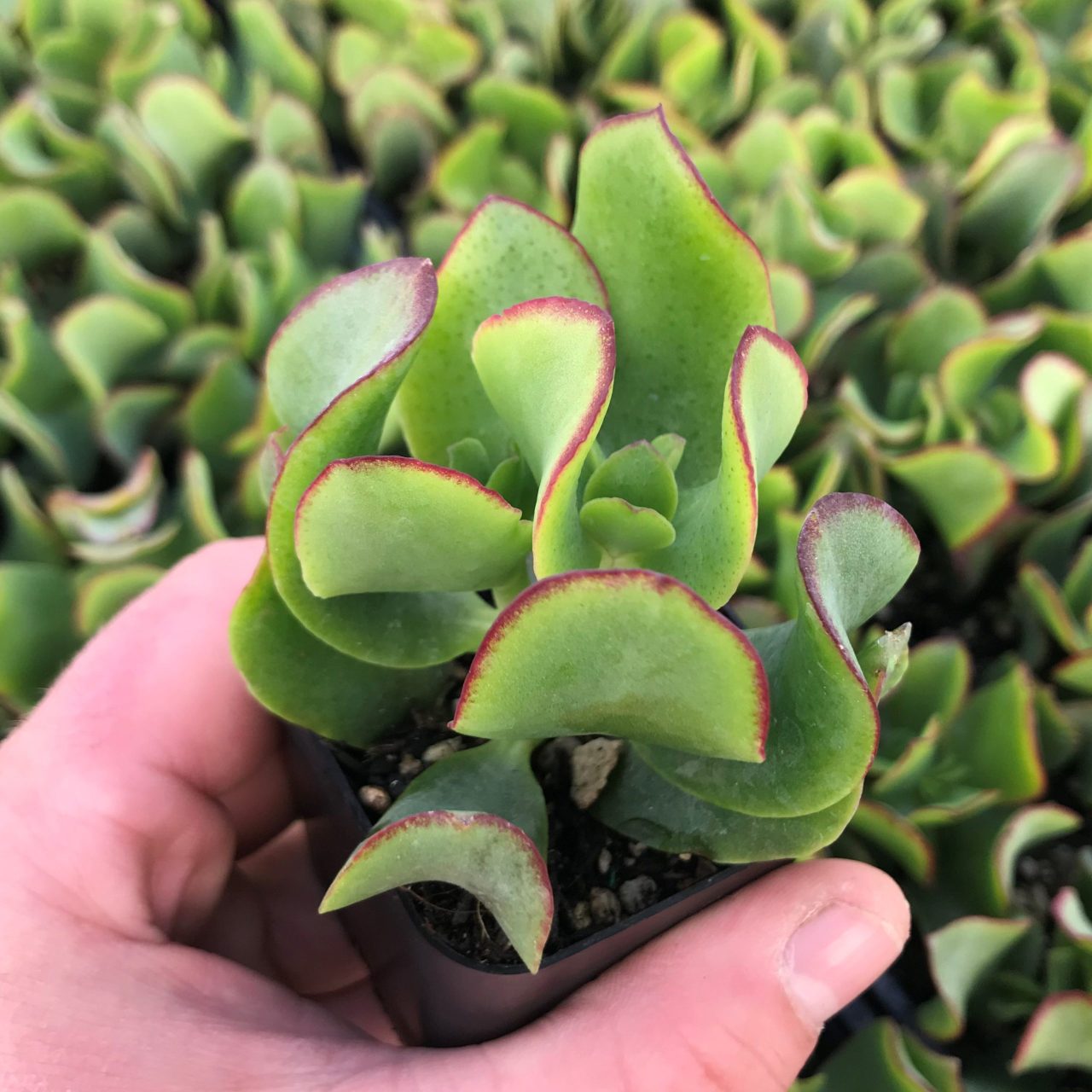


Crassula arborescens, commonly known as the “silver dollar plant” or “silver jade plant”, looks drastically different from its cousin Crassula ovata. The silver jade plant is a native shrub of South Africa’s Western Cape and can reach up to 4 feet in height.
Crassula arborescens has silver-grey foliage that almost grows quite densely. Each leaf has an almost fan-like shape, and there may also be a bluish tint to the leaves. This variety has small pink or white flowers that appear in fall and winter. Silver jade plants work well as houseplants if given warm enough conditions.
2) Crassula argentea ‘Gollum’



If you want a jade plant that doesn’t look like the well-known Crassula ovata, then Crassula argentea ‘Gollum’ is for you. This variety has strange tubular leaves – almost like a coral reef. The foliage is predominantly green with a reddish tinge around the suction-shaped “mouth” of each leaf.
Crassula argentea ‘Gollum’ is quite popular as a houseplant because of its unusual appearance. In its native areas of Mozambique and South Africa, this variety produces small white or pink flowers in winter. You can successfully grow this species as a houseplant just as you would a Crassula ovata.
3) Crassula ovata
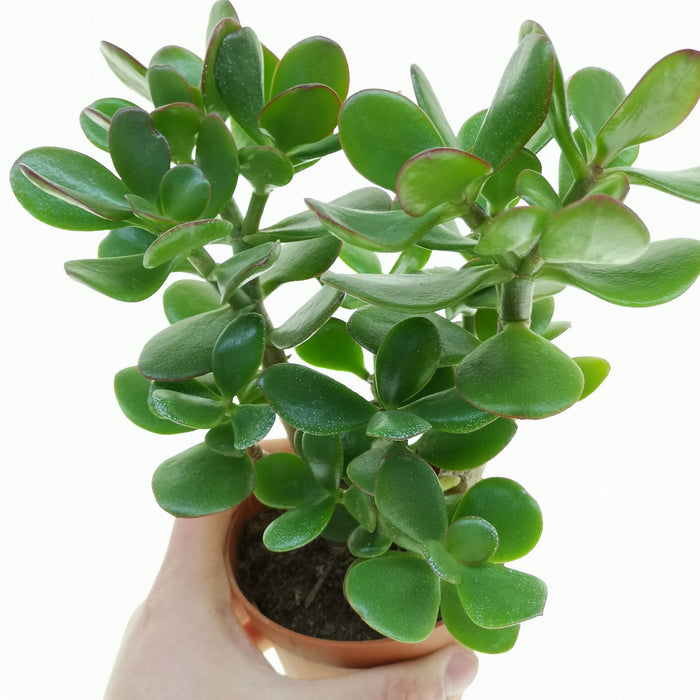
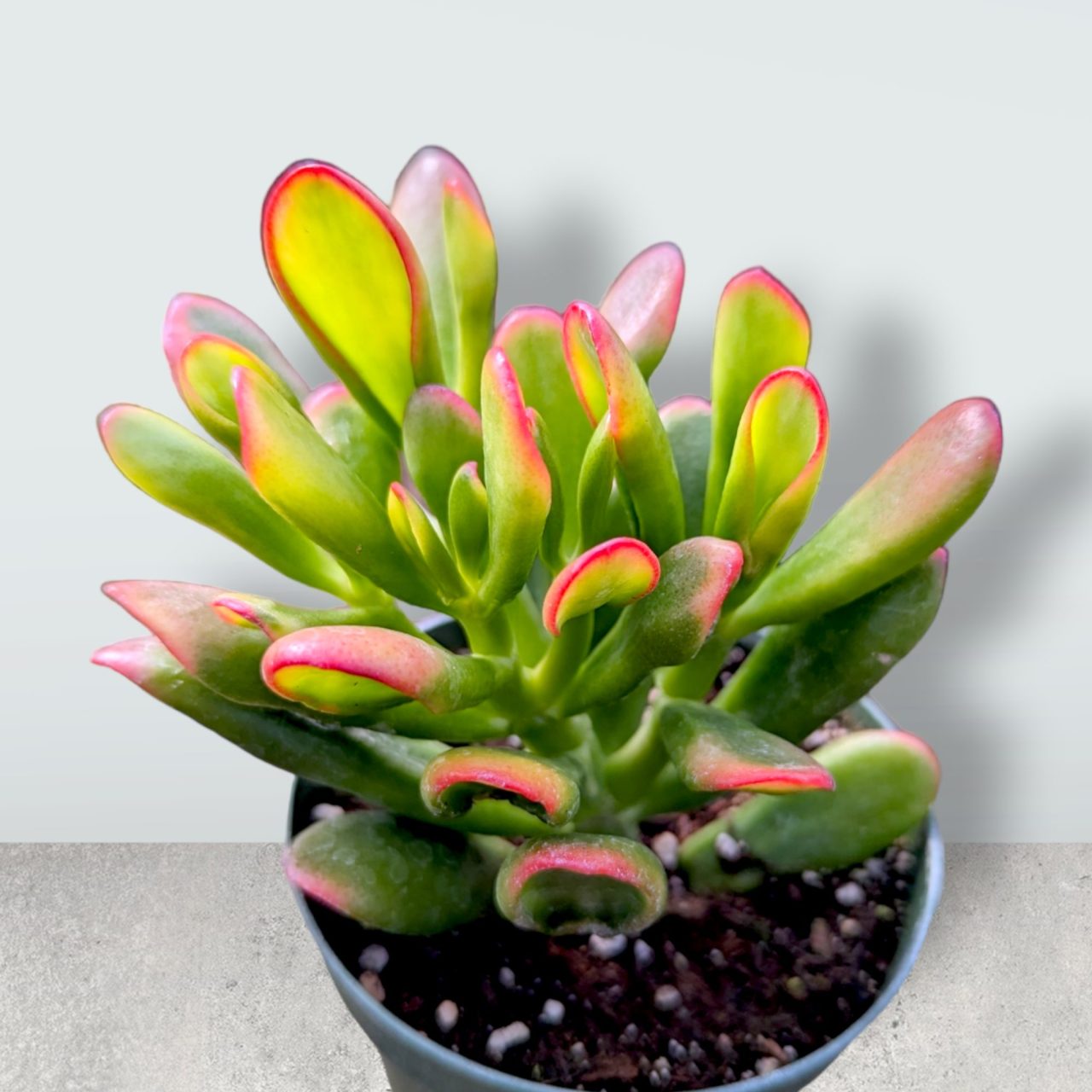
The reliable, drop-dead gorgeous Crassula ovata is the most common jade plant variety. This evergreen succulent originates on the loose, dry hillsides of Mozambique and South Africa. Over the past century, it has been the most cultivated jade plant for use as a houseplant.
The dark green, oval foliage of this variety will be familiar to many plant parents. This species can also produce small star-shaped white flowers during the winter. Crassula ovata can reach heights of 3 to 6 feet as a houseplant with proper care. But it needs a warm, dry atmosphere when grown outdoors.
For optimal growth, consider repotting this jade plant every 18 months to 2 years and pruning in early spring. They are also relatively easy to spread if you fancy expanding your collection.
4) Crassula ovata ‘Hobbit’

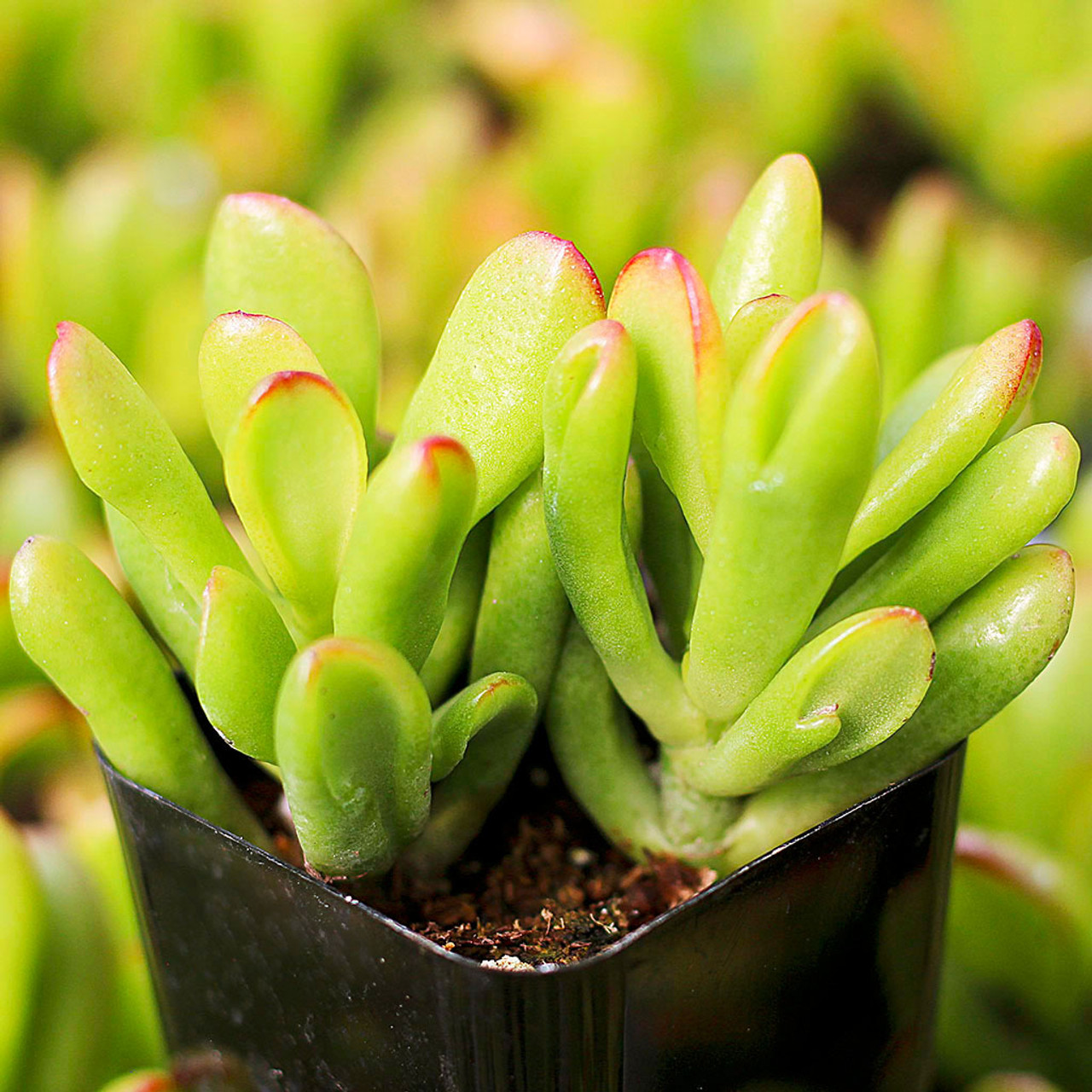
Any Tolkien fan will love this variety of jade plant. Crassula ovata ‘Hobbit’ looks a lot like the other LOTR-inspired jade plant variety – Crassula argentea ‘Gollum’. Both varieties have tall, cylindrical green leaves with red edges around the sucker-like tips.
Crassula ovata ‘Hobbit’ was originally grown in a nursery in Victoria, Australia. It is a small variety that usually grows to about 30 cm. Like many other jade plant varieties, this plant can also produce pink or white star-shaped winter flowers.
5) Crassula ovata ‘Hummel’s
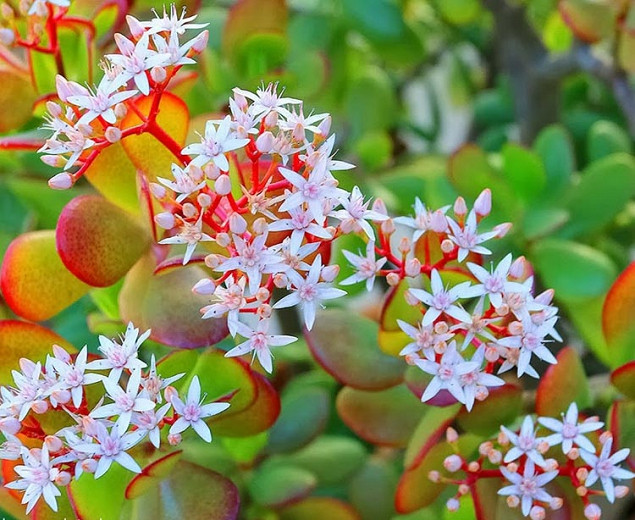
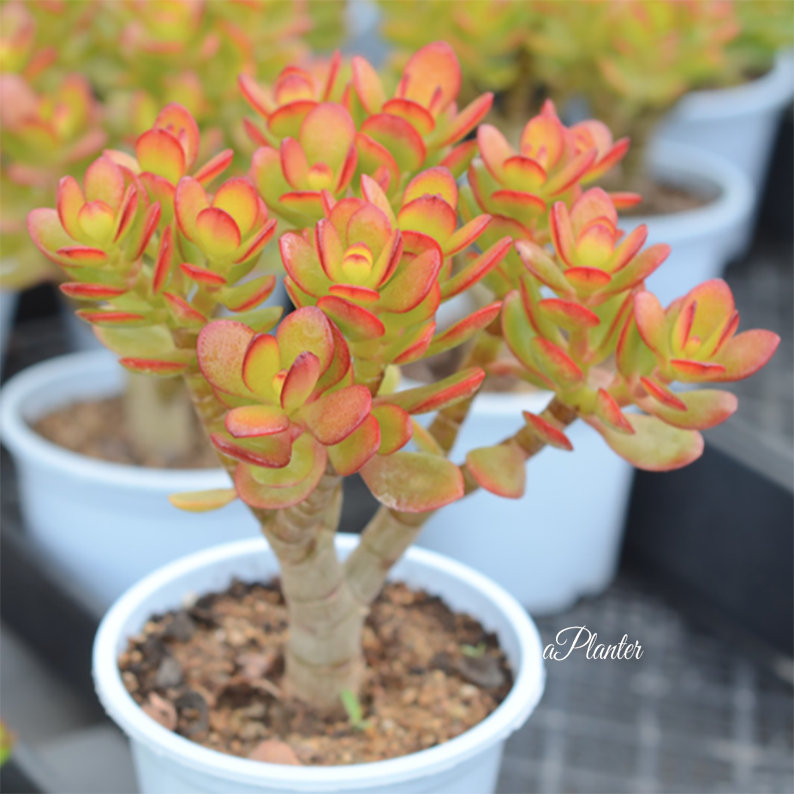
Sunset’This outstanding jade plant variety is actually an award winner. It has been awarded an Award of Garden Merit by the Royal Horticultural Society of Great Britain. This makes Crassula ovata ‘Hummel’s Sunset’ a great variety to grow indoors or outdoors in temperate conditions.
The glossy oval foliage of a Crassula ovata ‘Hummel’s Sunset’ changes throughout the year. It starts as a beautiful green, then turns into a glamorous gold before finally turning into a delightful red. This makes this variety one of the most stunning and sought after jade plant varieties.
6) Crassula ovata ‘Pink Beauty’

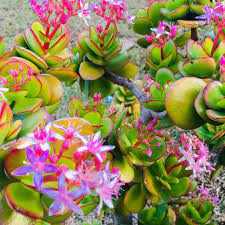
Also known as Crassula ovata ‘Pink’, this variety impresses with its stunning pink star-like flowers. ‘Pink Beauty’ jade plants can grow between 1 and 1.5 meters tall after several years. This variety produces a greater amount of flowers than many other jade plant varieties.
These wonderfully fragrant flowers appear in autumn and winter under the right conditions. The dark green leaves of Crassula ovata ‘Pink Beauty’ are similar to those of standard Crassula ovata. The ‘Pink Beauty’ stems also have a slightly pink tint, rather than green or brown.
7) Crassula capitella ‘Campfire’

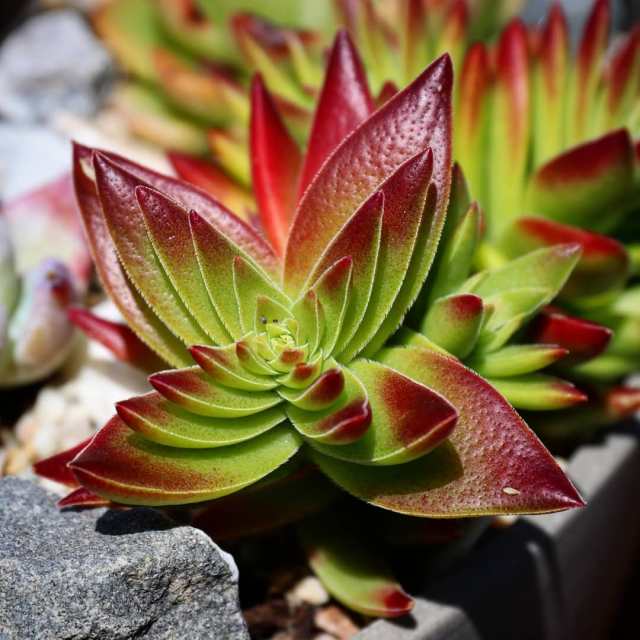

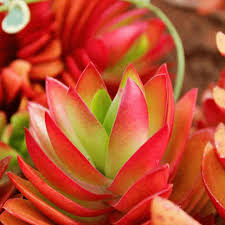

Crassula capitella ‘Campfire’ is one of the most unique and captivating jade plant varieties. It is primarily named for its colors, which flicker from green to orange and even red. This makes this amazing succulent look like a roaring campfire.
This jade plant is a variety of the Crassula capitella type, all of which have leaves that spread like a rosette. This species can be on the smaller side, usually only reaching about 6 inches in length. This makes Crassula capitella ‘Campfire’ ideal as a pot plant.
8) Crassula multicava
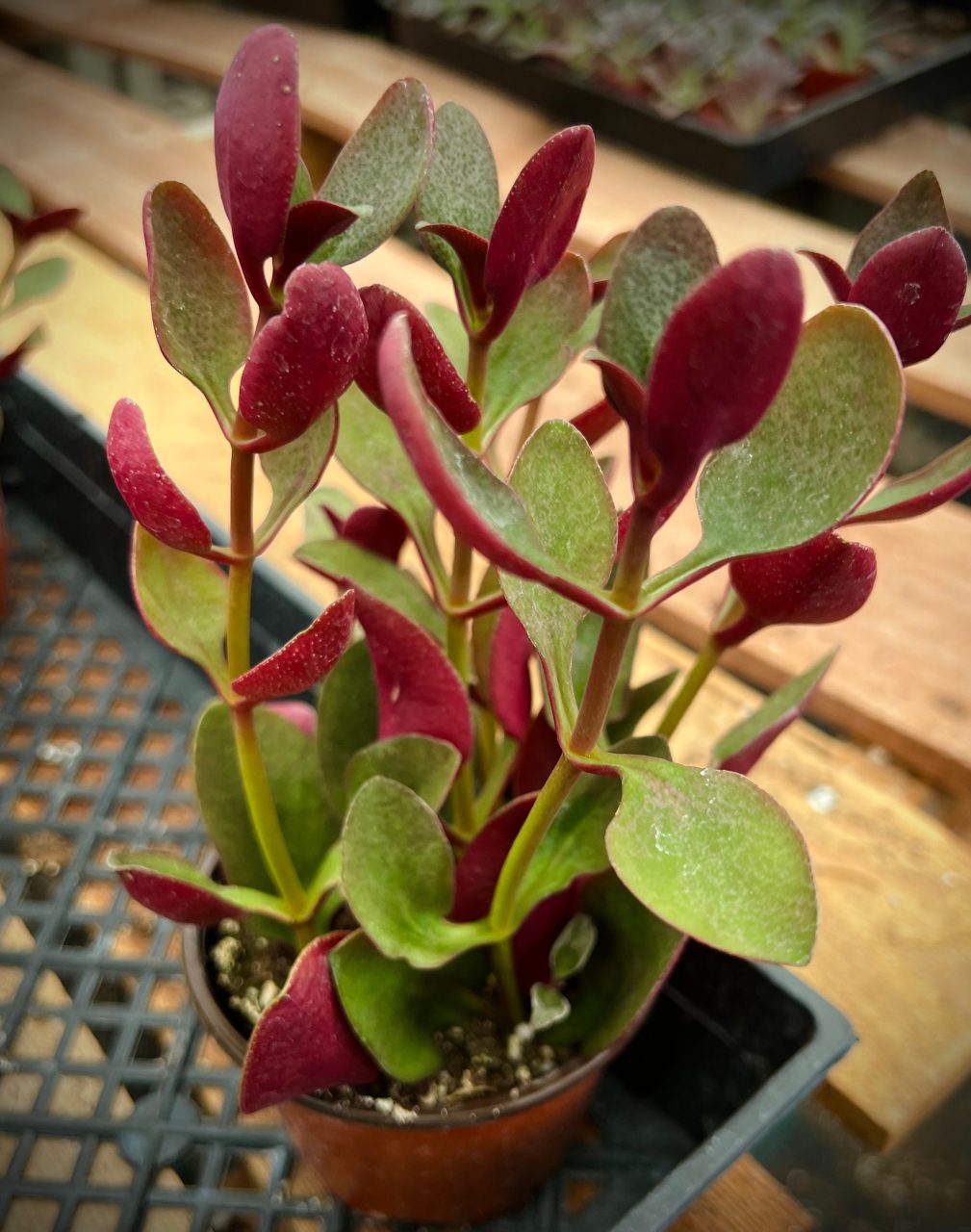

Crassula multicava is more commonly known, but its charming nickname – Fairy Crassula. This variety produces fleshy green leaves that grow in an opposite pattern. Some varieties may have purple undersides, but most are green with pink or red accents.
This succulent grows at a moderate rate and usually does not exceed 6 to 12 inches in height. It is native to the eastern and southern Cape of South







